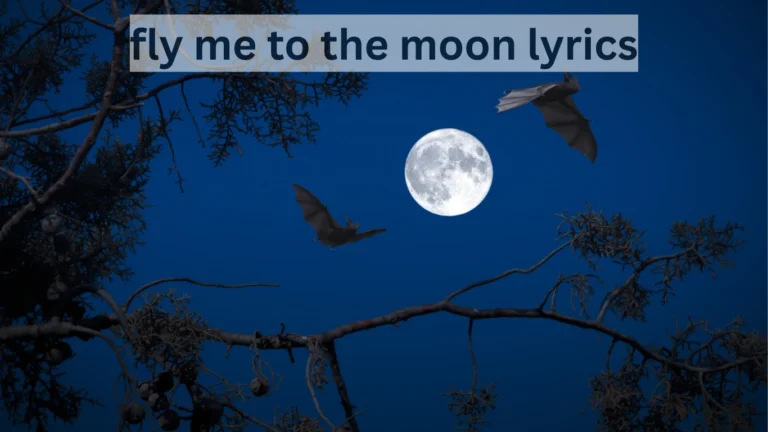Is Santa Real :Truth Behind the Christmas Legend
Is Santa Real is a question that sparks wonder in children and curiosity in adults every holiday season. For centuries, families have shared stories of a jolly man in a red suit delivering gifts across the globe. But with the rise of technology and easy access to information, more people are starting to ask what’s fact and what’s fiction. In this article, we explore the real history of Santa Claus, the cultural traditions that shaped him, and whether science supports the magic that surrounds him today.
The Origins of Santa Claus: A Historical Journey
To understand the question is Santa real,we first need to look into history. The legend of Santa Claus started with Saint Nicholas, a Christian bishop from the 4th century. He lived in what we now call Turkey and was known for helping the poor and giving gifts secretly. Over time, stories about his kindness spread across Europe.
In the Netherlands, he became known as Sinterklaas, a figure who gave presents on December 6th. As Dutch settlers moved to America, they brought the tradition with them. Eventually, Sinterklaas became Santa Claus and the idea of gift-giving shifted from December 6 to Christmas Day.
Santa in Popular Culture
So, is Santa real in the world we live in now? Let’s look at how he became the jolly man in red that children know today. The image of Santa with a red suit, white beard, and sleigh pulled by reindeer came mostly from stories, art, and advertising. In 1823, the famous poem “A Visit from St. Nicholas” (also known as “‘Twas the Night Before Christmas”) shaped how people pictured him.
Later, a Coca-Cola ad in the 1930s made the red-suited Santa iconic worldwide. Today, movies, TV shows, and malls keep the magic alive. Even Google and NORAD track Santa on Christmas Eve. Is Santa Realwhen he appears online or on an app?
What Science Says: Can Santa Exist?
To answer is Santa real scientifically, we must look at facts. Flying reindeer and delivering billions of presents in one night sound amazing but do they follow the laws of science? Let’s look at a simple comparison:
| Santa’s Task | Scientific Challenge |
|---|---|
| Delivering gifts to 1.9 billion children | Requires faster-than-light travel |
| Sliding down chimneys silently | Physically impossible for most adults |
| Flying reindeer pulling a sleigh | Reindeer can’t fly in real life |
| Knowing who is naughty or nice | No known method for global monitoring |
As the table shows, from a scientific view, Santa Claus as a physical person doesn’t exist. Physics, time, and biology don’t support his magical journey. But science also tells us that belief and imagination are real human experiences.
The Role of Belief and Imagination
So, is Santa real in our minds and hearts? Yes, and this is where the magic lies. Santa Claus may not be a real man at the North Pole, but he represents something real the joy of giving, kindness, and childhood wonder.
Kids learn valuable lessons through Santa traditions. They learn to wish, to give, and to believe. This belief encourages creativity and emotional growth. It helps children understand bigger ideas like generosity and joy.
And here’s something important: just because something isn’t physically real doesn’t mean it has no meaning. Think about stories, art, or love. You can’t touch them, but they are very real.
What Parents Can Say
When kids ask Is Santa Real parents often struggle with how to answer. Experts suggest that how you respond should depend on your child’s age and understanding. A younger child might need gentle stories, while an older one may be ready for the truth about Saint Nicholas and the spirit behind Santa.
Here’s how you can explain it:
“Is Santa Real in the way stories are real. He’s based on a real person who gave without asking for anything back. Today, Santa helps us remember how to be kind and give joyfully.”
Letting your child “become Santa” by giving to others can be a good transition. It helps keep the spirit alive in a more mature way.
The Real Magic of Santa

Many cultures have their own Santa-like figures. The idea of a magical gift-bringer isn’t just Western. Here are a few examples:
| Country | Character | Special Traits |
|---|---|---|
| Italy | La Befana | A kind witch who gives gifts |
| Russia | Ded Moroz | Grandfather Frost with a blue coat |
| Germany | Christkind | A child-like angel figure |
| Netherlands | Sinterklaas | Wears bishop robes, rides a horse |
These stories show that across the globe, people love the idea of someone who brings joy and gifts. The names change, but the meaning stays the same.
Why Children Believe in Santa ?
Children believe in Santa because he represents joy, magic, and the excitement of Christmas. At a young age, kids naturally think with their imagination, making it easy to accept the idea of a kind man who brings gifts. They see Santa in books, movies, and even malls, which makes the story feel real. Believing in Santa encourages creativity and helps children experience the wonder of giving and receiving during the holidays. For many families, this belief becomes a treasured part of growing up.
conclusion:
is Santa real ? The answer depends on what you mean by “real.” If you’re looking for proof of a man in a red suit flying through the sky with reindeer, science says no. But if you’re asking whether Santa exists in the hearts of people who believe in joy, giving, and kindness then yes, Is Santa Real as the spirit of Christmas itself.Santa lives in the stories we share, the gifts we give, and the love we show during the holidays. He may not live at the North Pole, but he lives in every act of generosity. And as long as we continue to spread magic, hope, and happiness, Santa Claus will always be real.







